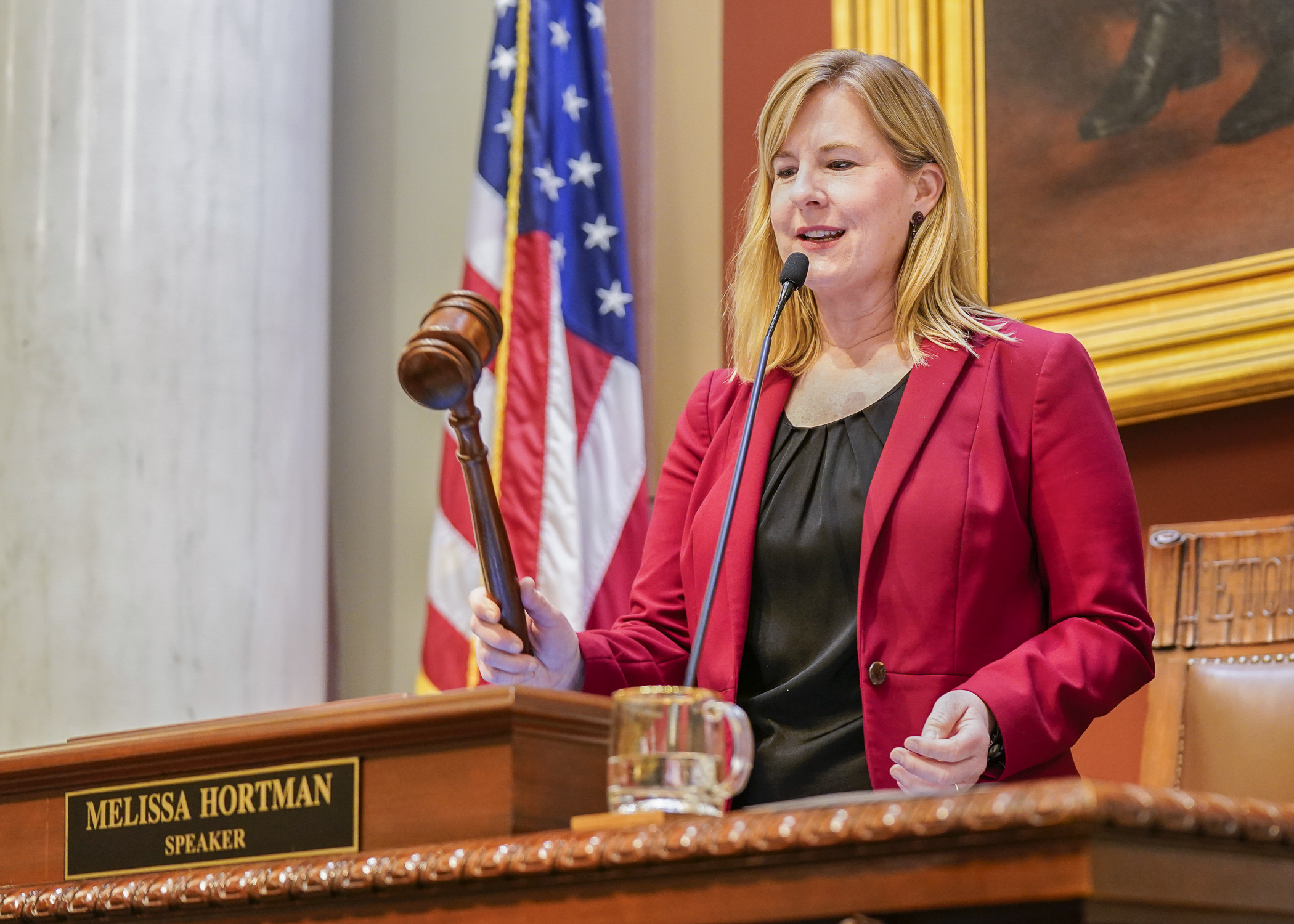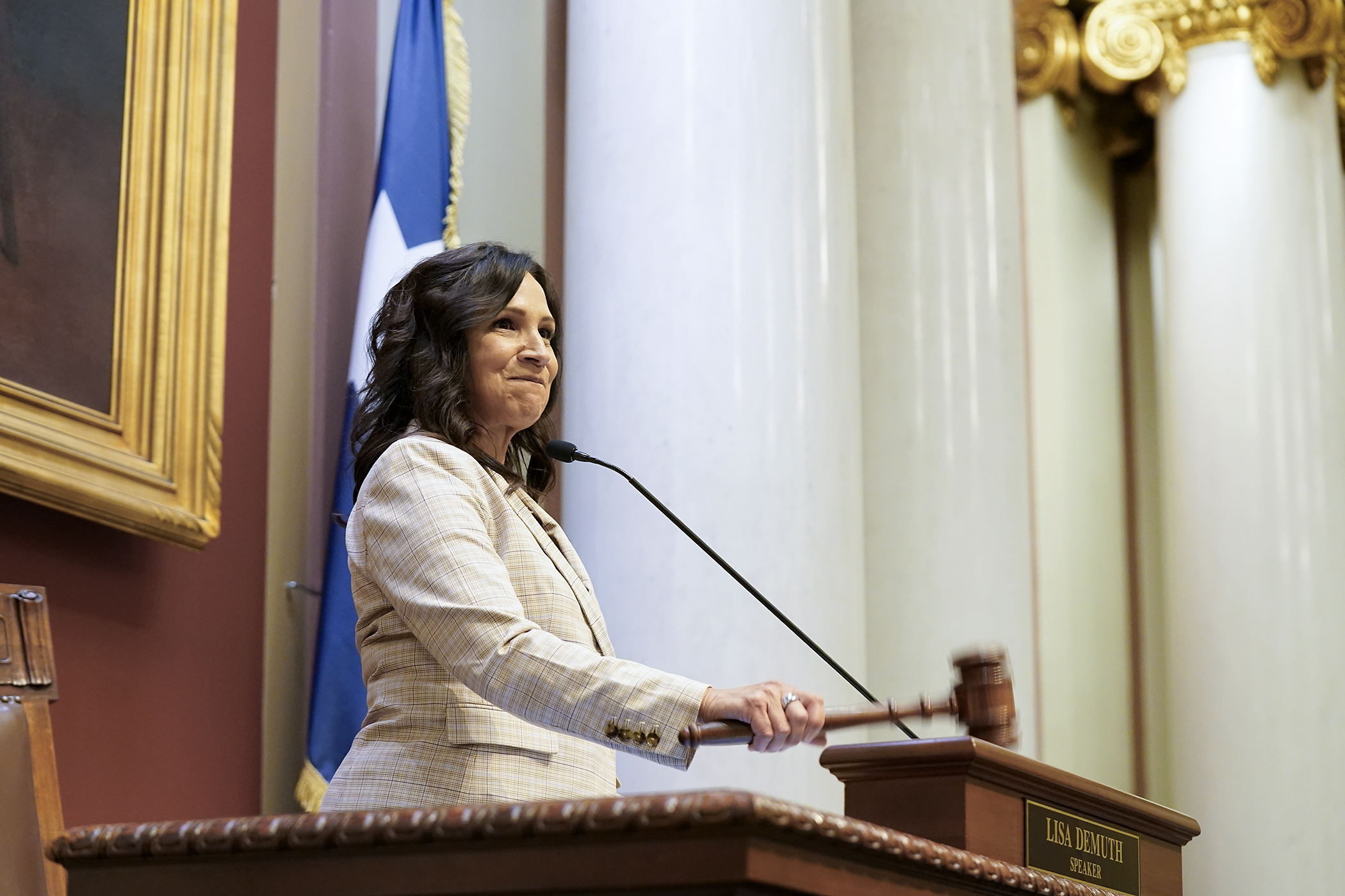Legislation proposes state policies on large data centers

The data centers are coming.
Granted, many of these buildings used to house the technological equipment required to run the internet are already here. But some of the largest technology companies — such as Amazon, Meta and Microsoft — are exploring building new data centers in Minnesota that require considerably more acreage, electricity and water than the ones currently found around the state.
If all come to fruition, utilities have estimated that their electricity needs would be comparable to what is currently required by all Minnesota households combined. As for water, all of that information technology hardware requires it for cooling, and there are concerns that aquifers could be stressed without a detailed plan in place.
Rep. Patty Acomb (DFL-Minnetonka) believes the state should have policies to respond to the requirements of these massive facilities.
She sponsors HF2928. As amended Tuesday by the House Energy Finance and Policy Committee, it would establish regulatory requirements for the siting and operation of large-scale data centers in the state, including water use, energy use and cost allocation, and environmental review.
It would also require the data center owners to pay an annual fee, which would be used for weatherization and energy conservation programs in low-income households.
The committee laid the bill over for possible omnibus bill inclusion.
“The bill has three goals,” Acomb said. “The first is to ensure environmental review to protect our natural resources. Second, it recognizes that the increase in energy demand as a result of data centers is happening at a time when we are working to increase energy efficiency. So the bill develops a community benefit program to help achieve that efficiency.
“And third, the bill includes a consumer protections provision to ensure that data centers will pay for the new generation and transmission their facilities require.”
Acomb said the bill was shaped by similar laws enacted in Indiana, Nevada and Texas, and absorbed lessons learned by Virginia from its more hands-off approach.
Among the changes in law regarding new data centers, the bill would:
- require pre-application filings for large water appropriation projects whose proposed consumptive use exceeds 100 million gallons per year or 250,000 gallons per day;
- add information to permit applications for large water appropriation projects;
- specify the level of environmental review for data centers, including preparation of an environmental impact statement;
- remove data centers’ energy consumption from the calculation of a utility’s energy savings goal;
- exempt data centers from making financial contributions to an energy conservation and optimization plan;
- deposit fee revenues in an account to be used for energy conservation;
- modify the definition of “large energy facility” to include backup generators designed to provide electricity to a data center;
- establish energy requirements for data centers, including arranging to generate or procure carbon-free energy equal to at least 65% of its electricity consumption;
- impose a fee on data centers for each megawatt of the data center's peak demand; and
- require the Public Utilities Commission to establish a new tariff for data centers.
While testifiers from the Commerce Department and Department of Natural Resources praised the bill’s provisions — as did environmentalists, renewable energy proponents and consumer advocates — those speaking for utilities and business concerns expressed that they thought it was either unnecessary or would inspire companies to take their business elsewhere.
Related Articles
Search Session Daily
Advanced Search OptionsPriority Dailies
Speaker Emerita Melissa Hortman, husband killed in attack
By HPIS Staff House Speaker Emerita Melissa Hortman (DFL-Brooklyn Park) and her husband, Mark, were fatally shot in their home early Saturday morning.
Gov. Tim Walz announced the news dur...
House Speaker Emerita Melissa Hortman (DFL-Brooklyn Park) and her husband, Mark, were fatally shot in their home early Saturday morning.
Gov. Tim Walz announced the news dur...
Lawmakers deliver budget bills to governor's desk in one-day special session
By Mike Cook About that talk of needing all 21 hours left in a legislative day to complete a special session?
House members were more than up to the challenge Monday. Beginning at 10 a.m...
About that talk of needing all 21 hours left in a legislative day to complete a special session?
House members were more than up to the challenge Monday. Beginning at 10 a.m...